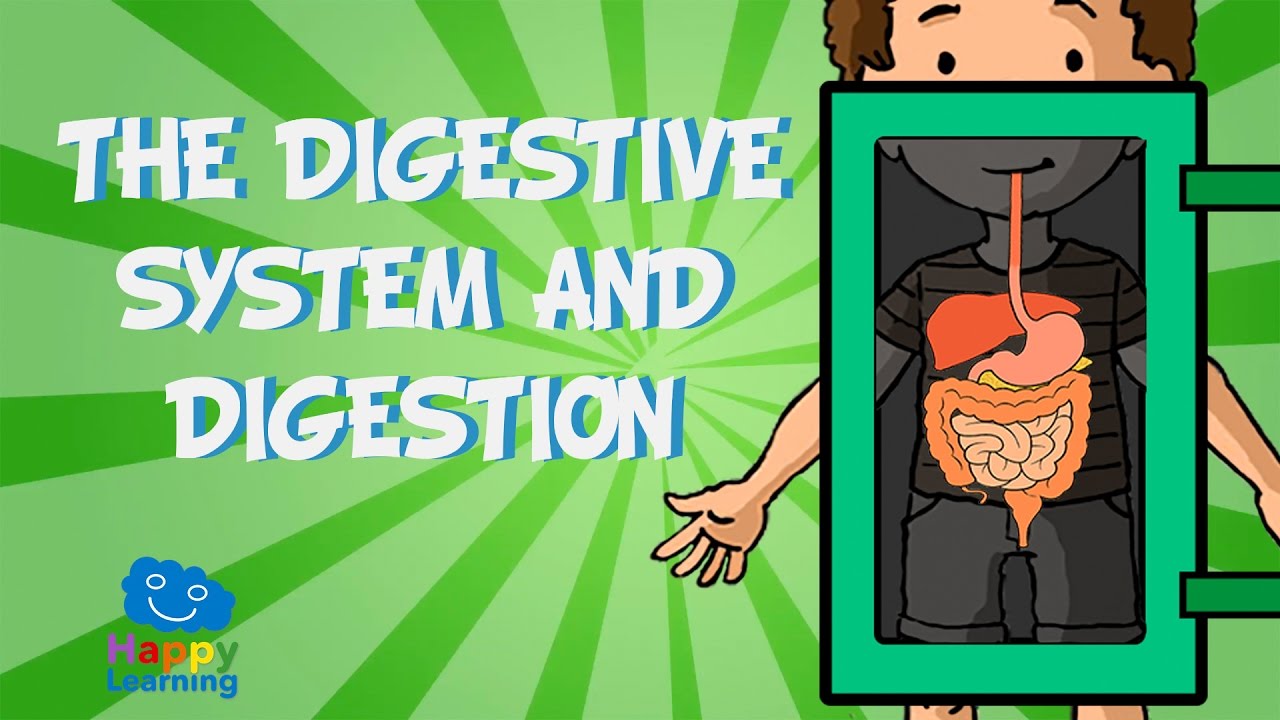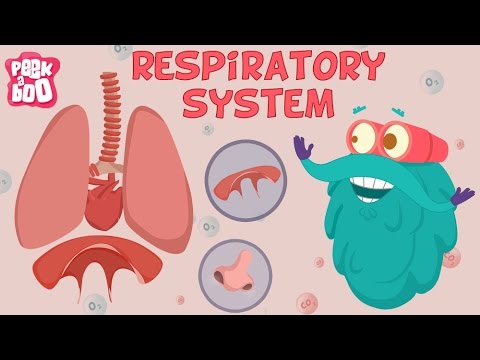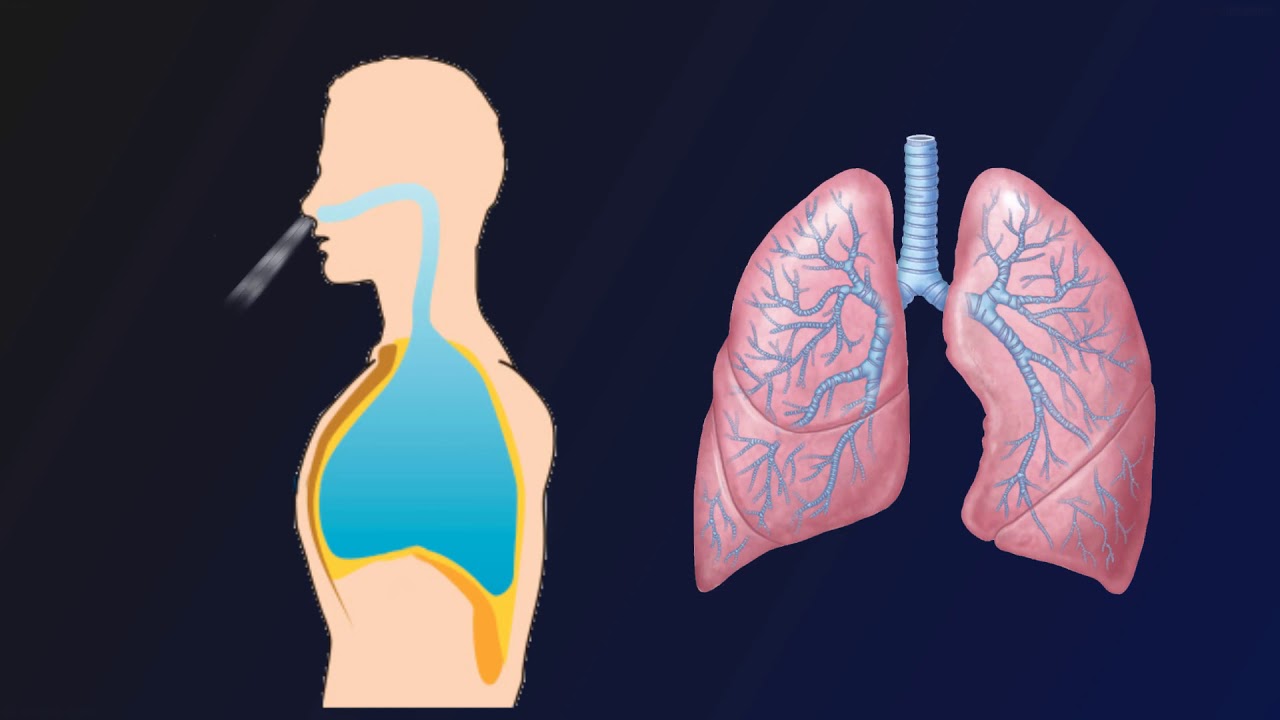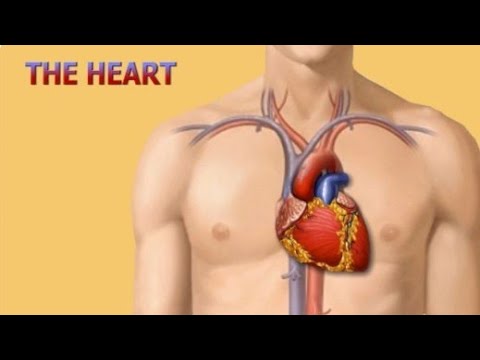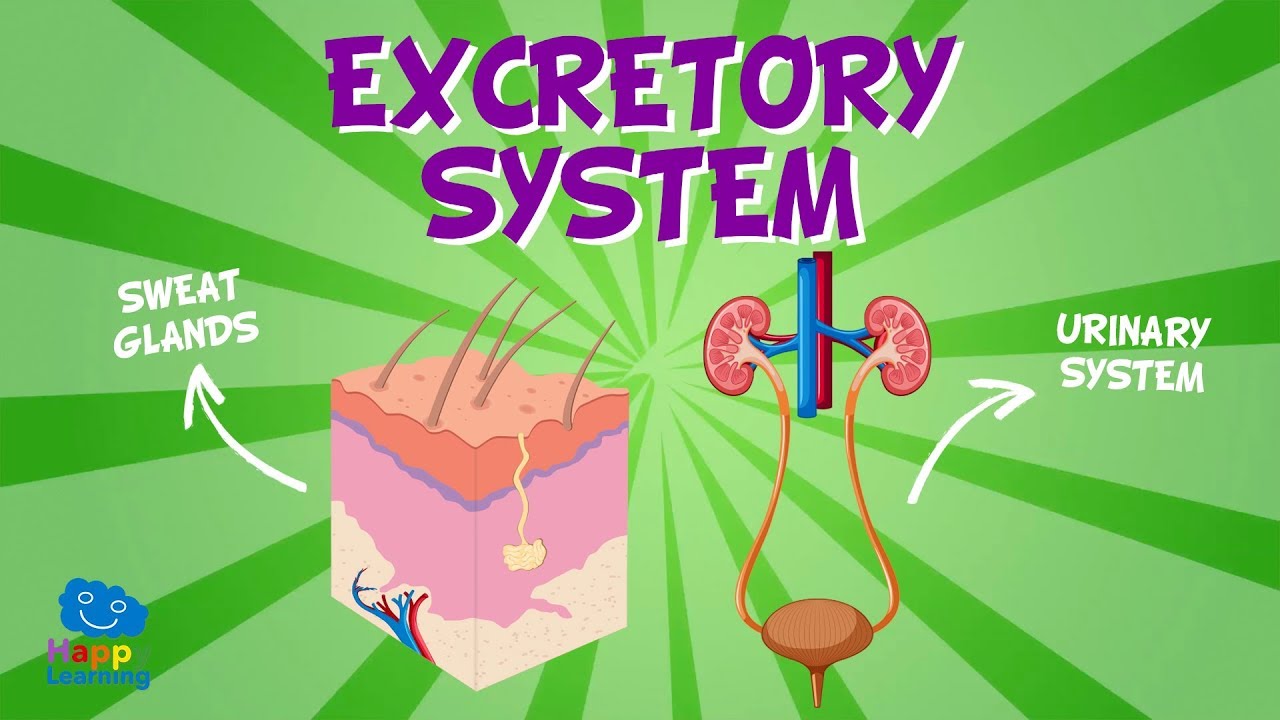Unit 2. Nutrition
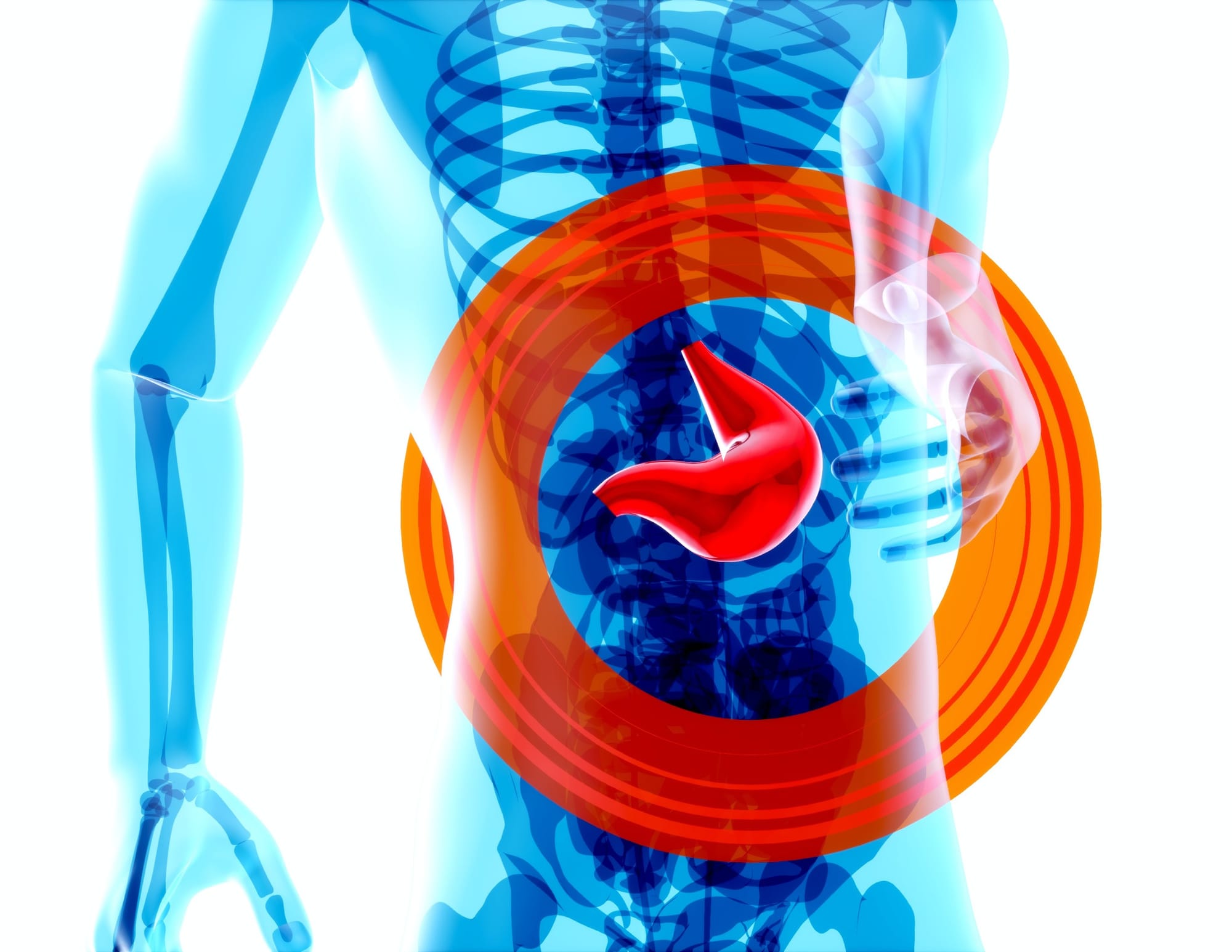
The second part of the TEST will be next FRIDAY, 28th November 2022. (Circulatory and excretory systems)
The first part of the TEST will be next MONDAY, 14th November 2022. (Digestive and respiratory systems)
DIGESTIVE SYSTEM
Digestive system: obtains nutrients that we need from food.
Parts of the digestive system
The digestive system is made up of:
- The digestive tract: it is a tube made up of different sections.
- Mouth
- Pharynx
- Oesophagus
- Stomach
- Small intestine
- Large intestine
- Anus
- The accessory organs: are outside the digestive system but they produce substances that support digestion.
- Salivary glands
- Liver
- Pancreas
DIGESTION
Digestion is the transformation of food and drink into nutrients.
1.The teeth cut and grind the food, which is mixed with the saliva by the tongue. The food is transformed into a ball called bolus, ready to be swallowed.
2. The bolus goes down through the pharynx to the oesopagus.
3. Then, it reaches the stomach and here, the walls of the stomach secrete gastric juices and the bolus transforms into a substance called chyme.
4. The chyme reaches the small intestine, and it is where the intestinal juice is produced. This is combined with the pancreatic juice and bile. The chyme is transformed into the chyle.
5. The nutrients in the chyle pass though the blood capillars in the intestine and into the blood.
6. Water and waste go to the large intestine where the water is absorbed.
7. Faaces are formed and expelled throught he anus.
RESPIRATORY SYSTEM
THE RESPIRATORY SYSTEM GIVE US OXYGEN BY BREATHING AND WE EXPEL CARBON DIOXIDE.
Parts of the respiratory system
THE RESPIRATORY SYSTEM IS MADE UP OF:
- THE RESPIRATORY TRACT: connects the lungs to the exterior of our body. It consists of:
- NASAL CAVITY
- PHARYNX
- LARYNX
- TRACHEA
- BRONCHI
- THE LUNGS: are two spongy organs found in the thorax. They are made up of the branches of the bronchi and the alveoli.
- BRONCHI: They start in the lungs and become smaller and smaller BRONCHIOLES. These bronchioles end in small air sacs called ALVEOLI.
BREATHING
1. The DIAPHRAM contracts and the lungs expand.
2. Air enters the mouth and the nasal cavity.
3. The air travels through the respiratory tract to the alveoli.
4. A gas exchange takes place in the alveoli. Oxygen passes to the blood.
5. Carbon dioxide passes from the capillaries into the alveoli, and we expelled the carbon dioxide during exhalation.
6. The diaphram relaxes and the lungs contract.
7. The carbon dioxide in the lungs is expelled.
EXHALATION vs INHALATION
Exhalation: is breathing out air to expel carbon dioxide
Inhalation: is breathing in air to obtain oxygen
CIRCULATORY SYSTEM
Circulatory system uses blood to transport substances (nutrients, oxygen and waste products) around our body. PARTS OF THE CIRCULATORY SYSTEM:
- THE HEART: is a hollow, muscular organ. It is divided into 2 halves: the left side and the right side. The upper chamber is called the atrium and the lower chamber the ventricle. Between these two chambers is a valve.
- THE BLOOD VESSELS: are a network of tubes that circulate blood.
- ARTERIES: carry blood from the heart to the organs.
- VEINS: carry blood from the organs to the heart.
- CAPILLARIES: are very fine vessels that exchanges substances between cells and the blood. They connect arteries and veins.
- THE BLOOD: is a red liquid that is made up of:
- PLASMA: is a yellowish liquid that consists of water and some substances (sugar, proteins, salt, nutrients, cellular waste)
- BLOOD CELLS: contains:
- Red blood cells: transport oxygen and carbon dioxide.
- White blood cells: defend us against infections.
- Platelets: join together and seal up cuts so that we don´t lose blood.
BLOOD CIRCULATION
HEARTBEAT: pushes the blood through the blood vessels. The beat has two parts:
- The DIASTOLE: the heart expands and the blood enters in the heart through the VENAE CAVAE. It fills the atrium and then blood passes to the ventricle.
- The SYSTOLE: the heart contracts.
- The left ventricle sends OXYGEN rich blood through the AORTA ARTERY.
- The right ventricle send blood with CARBON DIOXIDE through the PULMONARY ARTERY.
THE PULMONARY SYSTEM
Blood (waste) enters into the right atrium from the venae cavae and passes to the right ventricle.
The blood leaves the right ventricle through the pulmonary artery and travels to the lungs. In the lungs, the blood leaves the carbon dioxide and collects the oxygen.
The blood is now full of nutrients and oxygen.
THE SYSTEMIC CIRCUIT
Blood (oxygen and nutrients) passes from the left atrium to the left ventricle. The blood leaves the heart through the aorta artery.
It sends the blood to the organs. The blood leaves oxygen and nutrients in the cells and collects the waste. The blood goes back to the heart and enters through the venae cavae.
EXCRETORY SYSTEM
Excretory system eliminates the waste from our body. The excretory system is made up of:
- The kidneys are two organs that remove waste from the blood.
- The excretory tract:
- Ureters: connect the kidneys to the bladder.
- Bladder: stores the urine.
- Urethra: expels the urine.
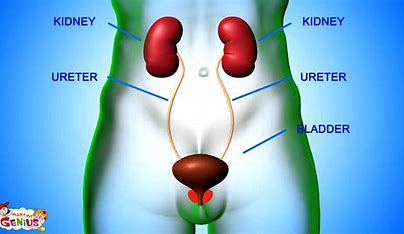
HOW KIDNEYS WORK
- The blood enters in the kidneys through the renal artery.
- The kidneys extract waste from the blood and the clean blood goes to the heart through the renal vein. The water and waste form the urine.
- The urine leaves the kidneys through the ureters to the bladder.
